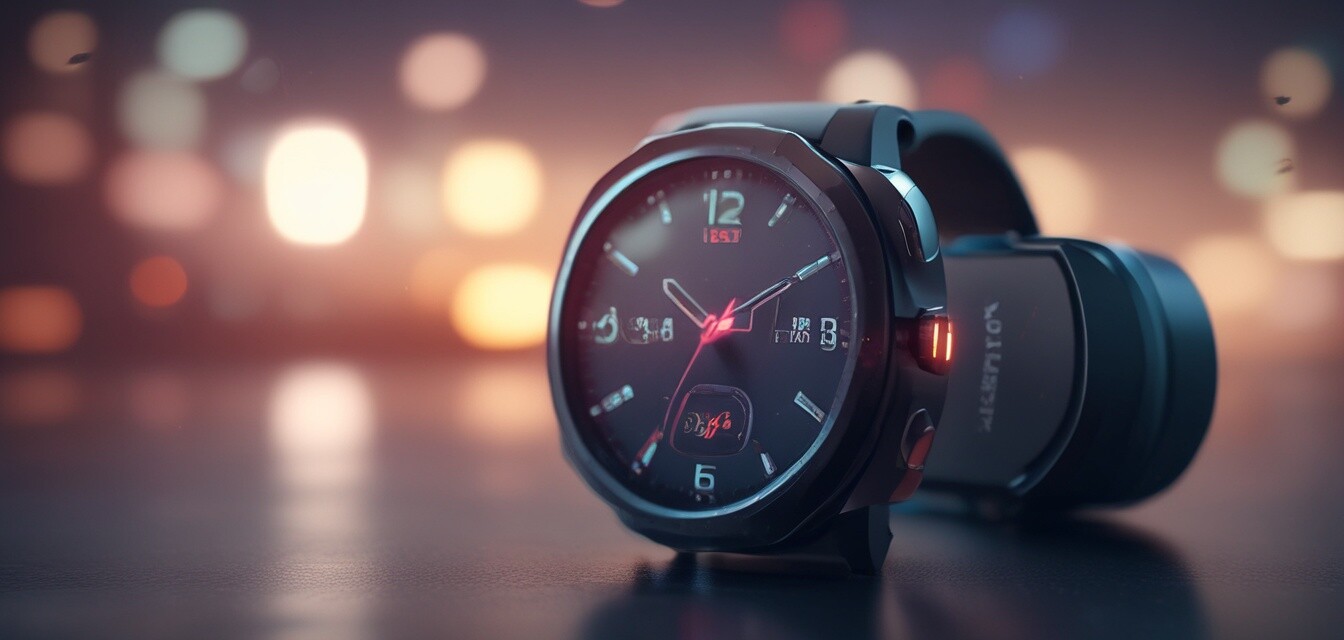
The Future of Health Monitoring in 2025
- Advancements in sensors for health tracking will lead to more accurate data collection.
- Integration of AI and machine learning will improve personal health insights.
- Greater focus on user privacy and data security will enhance consumer trust.
- Wearable technology will become more accessible, incorporating diverse health features.
- Targeted health solutions for specific demographics will drive innovation in the industry.
The landscape of health monitoring technology is evolving rapidly. As we peer into the year 2025, it's vital to explore the advancements and trends that will shape the future of smartwatches and fitness trackers. This article will delve into expected innovations, industry movements, and the technologies that promise to revolutionize our approach to health and fitness monitoring.
Emerging Technologies in Health Monitoring
The future of health monitoring will be characterized by breakthrough technologies that enhance functionality and user experience. Below are some key technologies anticipated in 2025:
| Technology | Description |
|---|---|
| Advanced Sensors | Sensors that can provide real-time data about health metrics, such as glucose levels and hydration. |
| Artificial Intelligence | AI algorithms will analyze user data to give personalized health recommendations. |
| Blockchain Integration | Utilizing blockchain for secure, private management of health data. |
| Augmented Reality | AR interfaces for an enhanced user experience in health metrics visualization. |
Innovations to Watch Out For
Innovation is at the heart of the health and fitness wearables market. Here are some trends that are set to make waves in 2025:
- Multi-functionality: Devices will integrate features like heart rate monitoring, stress management, and nutritional tracking all in one device.
- Enhanced Personalization: Wearables will offer customizable settings and features to tailor experiences to individual user needs.
- Focus on Mental Health: Brands will include features that support mental wellness alongside physical fitness tracking, such as guided meditation and stress-level monitoring.
- Interconnectivity: Devices will increasingly interact with each other, providing a more comprehensive health monitoring ecosystem.
Privacy and Data Security
As health data becomes increasingly sensitive, concerns about privacy are paramount. In 2025, we expect to see:
Pros
- Increased encryption methods for personal health data.
- Stricter regulations on data usage and sharing.
- Consumer awareness campaigns to educate users about data security.
Cons
- Potential data breaches that could compromise user information.
- Over-reliance on technology may lead to negligence in securing personal data.
Market Trends Influencing Health Monitoring
The health monitoring market is influenced by various factors that affect product development and consumer adoption:
- Rising health consciousness among consumers driving demand for health wearables.
- Aging populations prompting the need for remote health monitoring solutions.
- Competitive pricing leading to more affordable devices entering the market.
- Increased fitness awareness and wellness trends prompting innovation.
The Road Ahead
Looking further into the future, the possibilities for health monitoring will only expand. Wearable technology will likely become even more integrated into our daily lives. To stay ahead of the curve, consumers are encouraged to explore advancements by checking out our fitness tracker options or learn more about health monitors available today.
Conclusion
The year 2025 holds great promises in the realm of health monitoring technology with innovations poised to better fit the needs of the everyday user while keeping privacy at the forefront. It is exciting to see how advances like AI, advanced sensors, and improved security measures shape the future of health and fitness wearables.
To keep pace with industry developments, visit our news and trends section regularly.